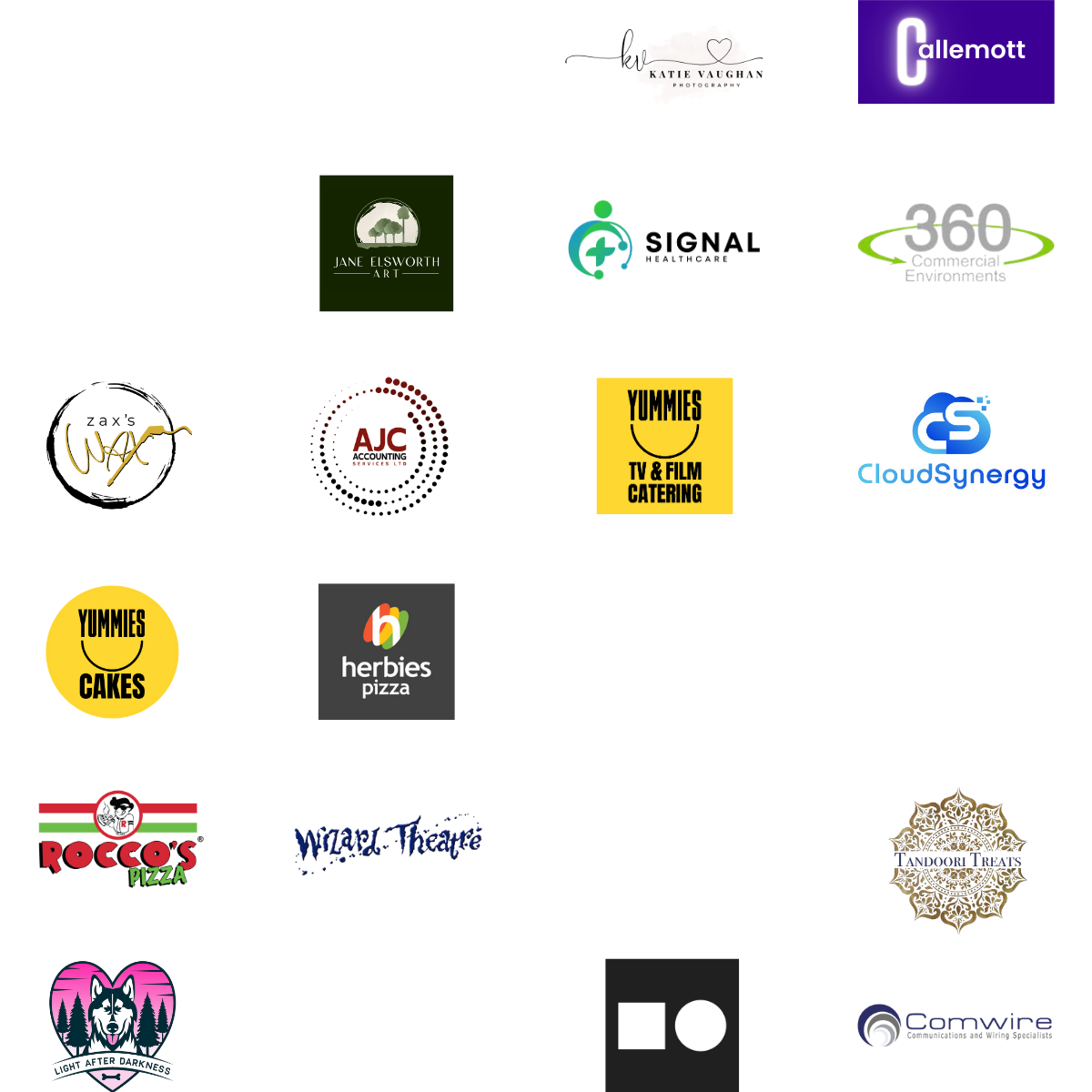When Sales and Marketing are aligned, they're an unstoppable force, so why does it seem as though they're merely tolerating each other half the time? It's time for couples counselling, business style. Cue Smarketing.
They say opposites attract… but sometimes Sales and Marketing act like they’re just tolerating each other at the Christmas do.
Marketing thinks Sales are ignoring the leads they worked so hard to generate. Sales reckons Marketing are sending them another batch of tyre-kickers and cold fish. Both sides are convinced the other can do more. Meanwhile, revenue’s sitting awkwardly in the middle wondering if anyone’s going to follow up.
The truth? They need each other. And when they’re aligned, they're unstoppable. So, whether they’re just starting to bridge the gap or ready to deep-dive into alignment town, here are 10 initiatives to get Sales and Marketing working like the power couple they were always meant to be.
1. Create Shared Goals & Revenue Metrics.
If Marketing’s shouting about MQLs and Sales are only focused on closed deals, your KPIs are working against you. Align around revenue. Use shared metrics like pipeline influence, lead source, or deal velocity to track actual impact.
In practice, this alignment should filter down to individuals too, through weekly wrap-ups and quarterly reviews. What’s expected from Sales in support of Marketing? That could include engaging with company content, sending connection requests, offering real-time feedback, and actioning personal branding tasks. On the flip side, Marketing might track time spent supporting BD activity, number of ABM campaigns per consultant, or the volume of insights and templates shared.
Structurally, you might have different leaders, but you should all be marching towards the same goal. You can only offer a seamless experience for your customers if there’s cohesion between these two departments.
Goal setting with shared metrics allows you to look at a funnel that’s actually connected, instead of a bunch of disparate goals that drive one set of KPIs.
2. Run Bi-Weekly 'Smarketing' Meetings.
This leads us on to couples counselling (AKA Smarketing meetings). Yes, we said it. Smarketing. Set up regular, structured meetings where both sides come to the table with performance updates, feedback, and ideas. Rotate who runs them. Bring snacks < big win! Whatever works.
It’ll feel like couples counselling at first, but that’s kind of the point. Break free from the B2B alignment paradox by smashing the siloed mould. The first stage is to provide open communication between Sales and Marketing, then fully collaborate to define processes, workflows and shared resources. Only after you’ve established Smarketing can you achieve functional alignment.
The best thing is, you’ll find that despite these being structured bi-weekly, the communication outside of these meetings with drastically increase, creating a better flow of information. Soon the meetings become times to consolidate discussions from the across the weeks, rather than the only time to touch base.
3. Co-Create Your Ideal Customer Profile (ICP).
Marketing personas are extensively researched. But when they don’t reflect the realities of who Sales are actually speaking to, you’ve got a disconnect. By actually speaking to and understanding the real pains of the customers, Sales can help Marketing better align the solution to the customer’s pain points.
So host a joint workshop. Bring data. Ask Sales what objections they’re hearing. Then align to create a shared dating profile or “ideal type” on paper. You can even make use of AI tools for prospective account research to cut down on manual time researching the “perfect” customer.
Even when you’ve got your ICP, the work doesn’t stop there. You can further gain value from your audience by breaking them into smaller, more relevant groups.
Some organisations find these so useful that they print them out as avatars, placing them around offices to remind teams that every decision has to be in the interest of the customer - smart, right?
4. Develop Content Together.
Sales is sitting on a goldmine of intel - objections, FAQs, stories that land. Marketing’s got the creative firepower, can position the insights correctly, plus they have the tools to disseminate this information to attract more leads. Get them collaborating on email templates, case studies, pitch decks, and lead gen campaigns.
61% of Marketers believe that most content created for Sales is promotional, with nearly half of this being educational. The struggle can often be to educate and/or convince Sales that value-added content has superior value - for which that’s an entire article in itself.
Instead of creating content that doesn’t quite convert, develop content together and make sure the objectives and outcomes are clearly defined beforehand. Not every prospect is ready to buy now, so having content that speaks to people at different parts of their decision making journey is a no-brainer.
5. Integrate Your Tech Stack.
If your CRM is throwing a tantrum every time Marketing updates a contact, or Sales can't see campaign history, you’re just setting yourselves up to fail. Connect your systems. Align your reporting. Stop the data drama.
It’s about utilising your tech to enhance communication and provide shared data. If your tools aren’t talking to each other, your teams won’t either. From having visibility and understanding processes, to defining data collected and using it for automations, every aspects of the business can be improved by having a shared tech ecosystem.
6. Agree on Lead Scoring & Handover Rules.
What does “sales-ready”, “marketing qualified”, and “warm lead” actually mean - for your business? You’ll be surprised how many people have a different take. Define it. Together. Create processes and lead scoring models that reflect genuine intent. Set rules on how quickly leads are followed up and how feedback is shared.
Lead scoring turbocharges your funnel by defining what a warm lead really looks like in your business. You can break leads down by demographic, firmographic attributes, and behavioural data. The good news? When going through this process, both Sales and Marketing can agree on what works for both teams and the business as a whole.
7. Celebrate Wins (Jointly, Not Just in Sales Huddles).
It’s all too common for marketing to get overlooked, especially when the business celebrates a win. As the front-runners and often loudest voices (sorry!), Sales usually laps up all the attention. But to help break down the silos, celebrate wins jointly by looking at where they’ve come from.
If Sales have closed a deal that came from a webinar, campaign or white paper, shout out about Marketing. Create shared dashboards or monthly revenue roundups that highlight the entire journey, not just the finish line.
You’ll be surprised how appreciative your Marketing team will be of a simple acknowledgement - and, let’s be honest, when people feel valued, they work harder!
8. Run Experiments as a Team.
Marketing doesn’t have all the answers. You have to expect that in a fast-moving, noisy, digital environment, a certain amount of testing needs to take place. It’s an evolving process and requires constant input from both sides. If it hasn’t yielded the results you wanted, that’s okay - providing you learn from it. And that’s the key, learn from it and continue to refine the activity until it does land.
It’s essential for Sales to understand this part of the journey and stick with it. Both teams are experts in their own fields and in different parts of the customer journey, so collaboration between Sales and Marketing is fundamental to success. Like most good things, you’ve got to put the work in rather than throwing the towel in at the first hurdle.
9. Speak Each Other’s Language.
By aligning the goals and objectives of Sales and Marketing, you also need to speak the same lingo. Learn and respect each other’s terminology. By doing so, you’ll be able to communicate better and likely get more buy-in when you need it most.
When it comes to internal documentation, this is also a really important skill to posses. What’s greater is the stakeholder team will really appreciate the harmonious nature from presentations to memos - especially when they see the impact it’s having on the bottom line.
10. Shadow Each Other.
Effective teams are able to understand the customer journey through and through. They’re aware of who does what and the effort required at different stages. This completely removes the endless waiting around for a task to be completed before leads get qualified.
To help ensure this, Marketers should listen in on sales calls and Sales should join a campaign planning meeting. Building empathy for the processes involved allows staff members to gain valuable insights into the other department’s roles and responsibilities.
The payoffs are huge. Companies with aligned Sales and Marketing teams see an average of 32% annual revenue growth, while less aligned companies see a 7% decline in growth.
It's Not About Hugs. It's About Results.
Pats on the back and forced away days aren’t what’s at stake. The real win is aligning the engine room of your revenue machine. When Sales and Marketing work in sync, you get faster sales cycles, better conversion and retention rates, and - shock horror - happier people.
Start with one initiative. Track the impact. Build from there.
Or, if the thought of getting both teams to even speak to each other fills you with dread, give us a shout. We’ve been witness to our fair share of Sales and Marketing spats, and we’re here to step in as that middle ground to ensure revenue doesn’t suffer.




